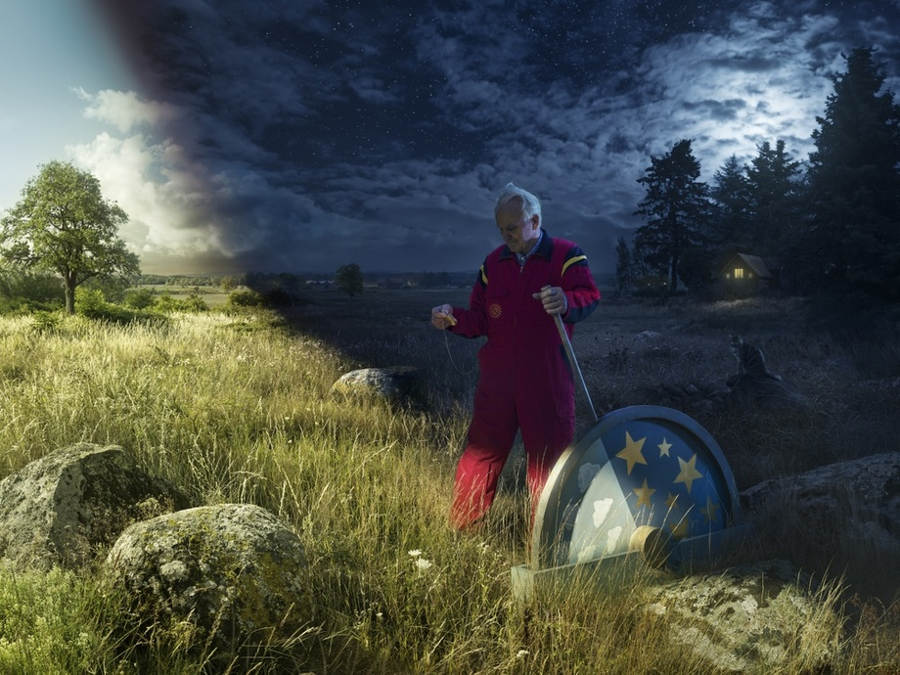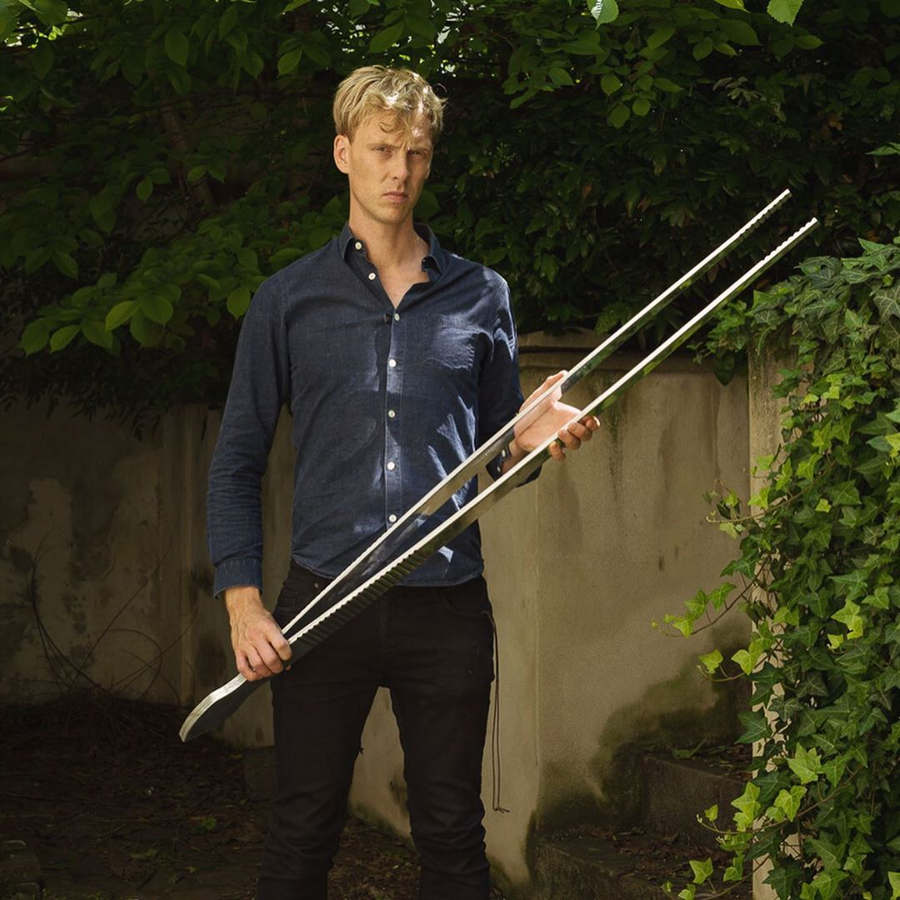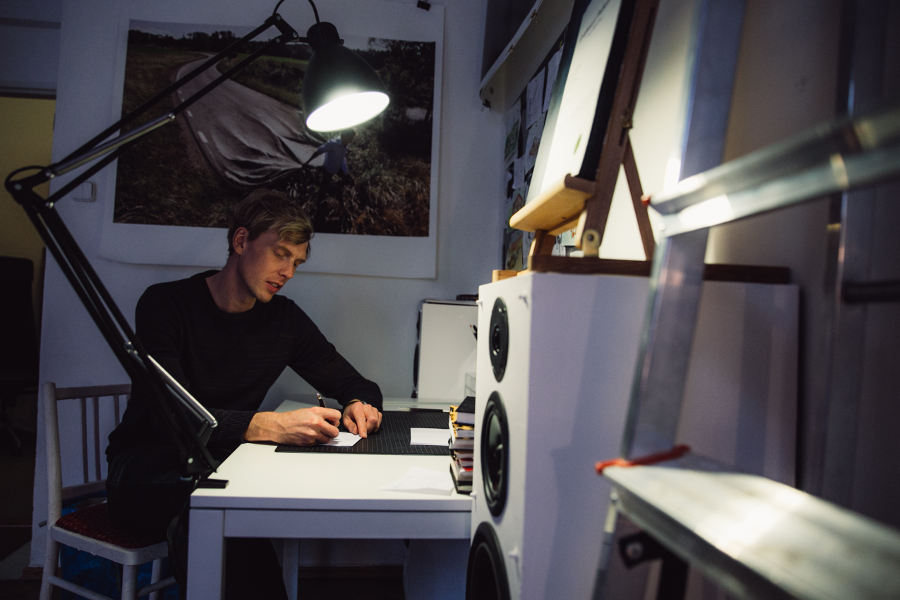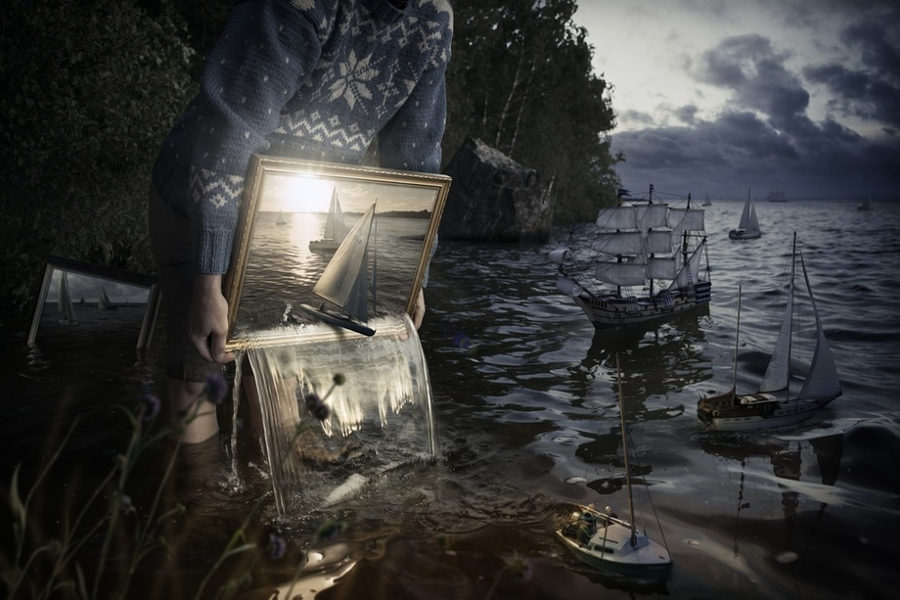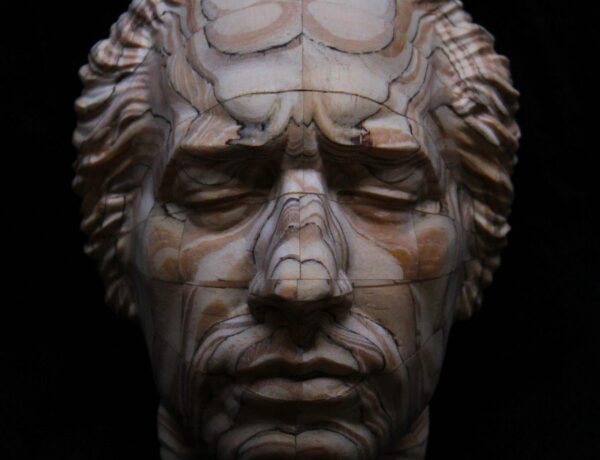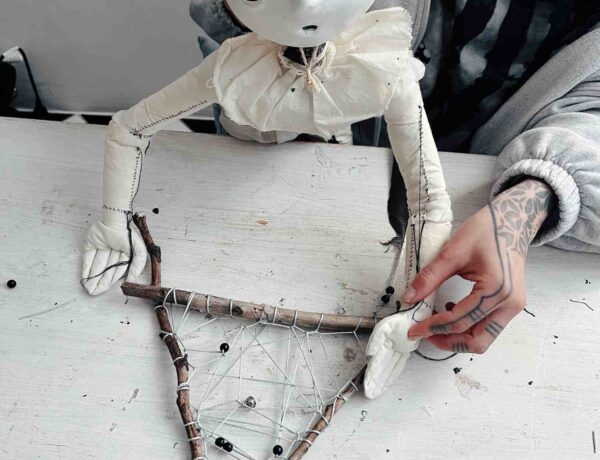Erik Johansson celebrated his 15th birthday with his family on the farm where he grew up. The digital camera he received as a gift from his parents was a complete surprise, and Erik began experimenting with it right away. His first subjects were his family members and the surrounding scenery in rural Sweden: little red houses and rolling green hills, subjects he is fond of to this day.
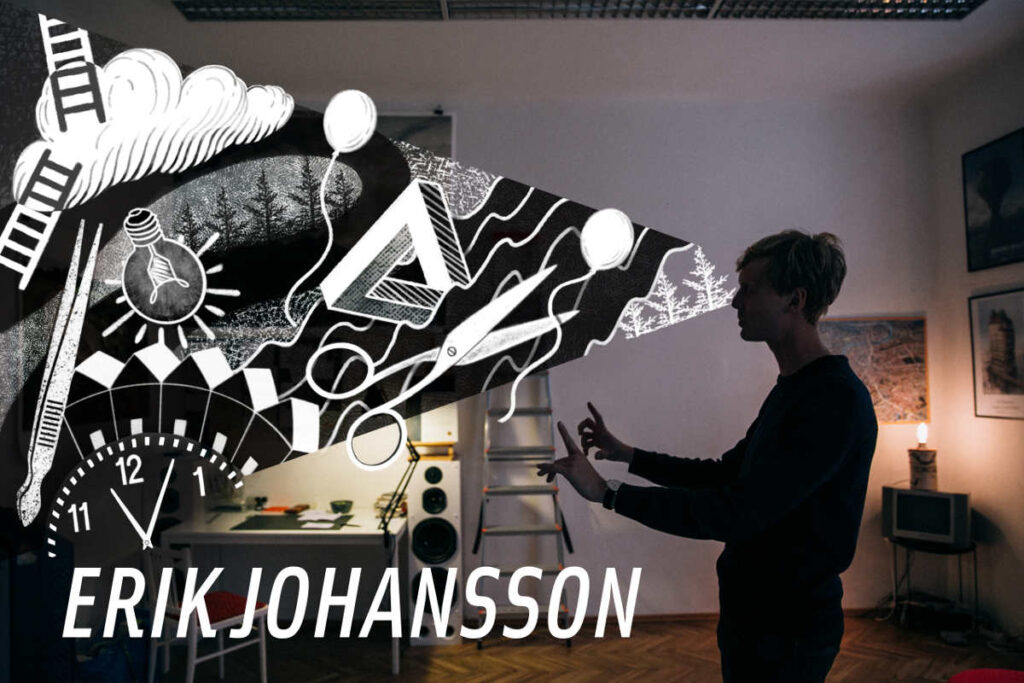
It was the year 2000, so digital cameras were quite new and miraculous at the time. With no film to develop and process in the lab, for the first time photos appeared instantaneously at the push of a button. Erik was hooked, and he wanted more from this emerging medium.
Combining his interest in drawing with his knowledge of computers, he began manipulating the photos in a way that looked real, yet impossible. It was the start of his career as a photographer and artist best known for mind-bending photorealistic scenes.
I discovered photography and photo manipulation at the same time. Being used to drawing, it was quite natural,” Erik said. “I didn’t want to just press the trigger of the camera and be done. I wanted to see what more I could do with it.
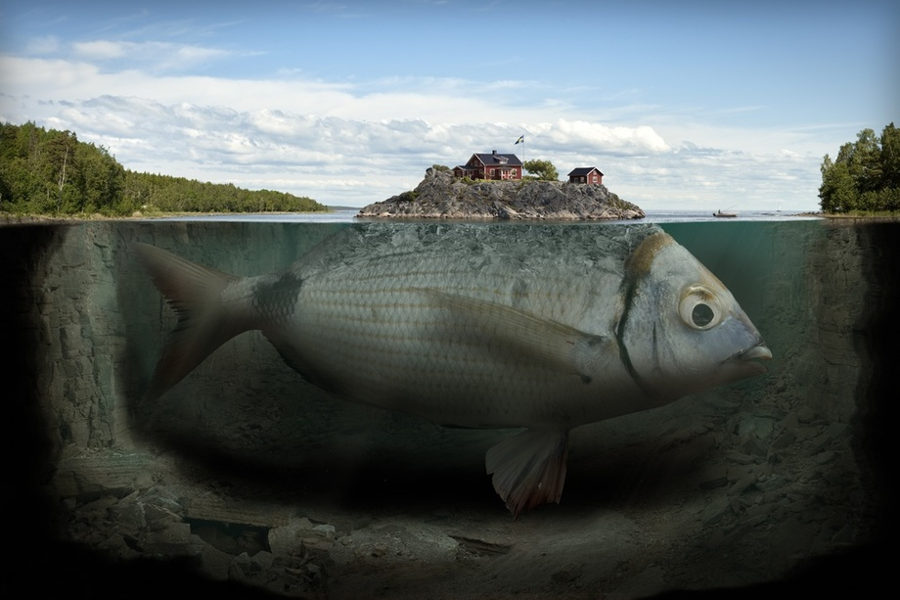
He started thinking back to his childhood drawings and the imaginative scenes he would come up with. Could he do the same with a camera? “I have always found reality a little bit boring,” he said, “so I wanted to see how much you can modify a photograph and have it look real.”


Now in his 30s, Erik’s work still conveys childlike wonder. As he goes about his daily life, he emulates the natural curiosity of childhood by asking impossible questions. He keeps children’s books in his studio for inspiration, along with playful objects like a light-up globe of the world. And when he exhibits his work, the interpretations he hears from kids often mean the most to him.
Every part of the image is 100% real, captured by Erik’s lens. Nothing is computer-generated or sourced from stock photography.
He rarely comments on his own pieces, preferring to leave them open for others to look at and understand in their own ways. In his latest image, Stellantis, a woman is holding a giant pair of tweezers up to a sky full of stars. Is she taking the stars down, or is she putting them up? Erik prefers to leave the question unanswered, but we do know one thing with certainty. Every part of the image is 100% real, captured by Erik’s lens. Nothing is computer-generated or sourced from stock photography.
In order to do this, sometimes he commissions local craftspeople to make props for his images. The tweezers were forged by a local blacksmith in Prague, where Erik lives. The city has a booming film industry that attracts many talented artisans, but Erik also enjoys making his own props. “I already spend a lot of time in front of the computer, so any time when I can sculpt or build something is good. It looks real, it’s more fun, and it saves a lot of time in post-production,” he explained.

Erik Johansson 
Making the tweezers for Stellantis 
Stellantis
These aspects of Erik’s process are revealed in behind-the-scenes videos that show his audience the hard work that goes into each piece. In one video, Erik constructs a building out of cardboard and creates the effect of a landslide using oatmeal. All of this takes place in his studio, which he mainly uses for post-production work and storage of props and equipment. “It’s actually just around the corner from where I live,” he said. “It’s nice to have work and your free time separate, but at the same time I like to be able to come here even if it’s for something small.”
In one video, Erik constructs a building out of cardboard and creates the effect of a landslide using oatmeal.
The studio is decorated with inspiring objects for a comfy, creative atmosphere. “Most of the things in my studio are in one way or another useful to me. I have some children’s books for inspiration, I have different lights and props. The other stuff is basically just to create a certain mood in here, because I don’t want it to look like a traditional plain white boring studio. I want it to feel like a cozy place where I can go create stuff. It’s more of a living room to me in a way than a studio.”
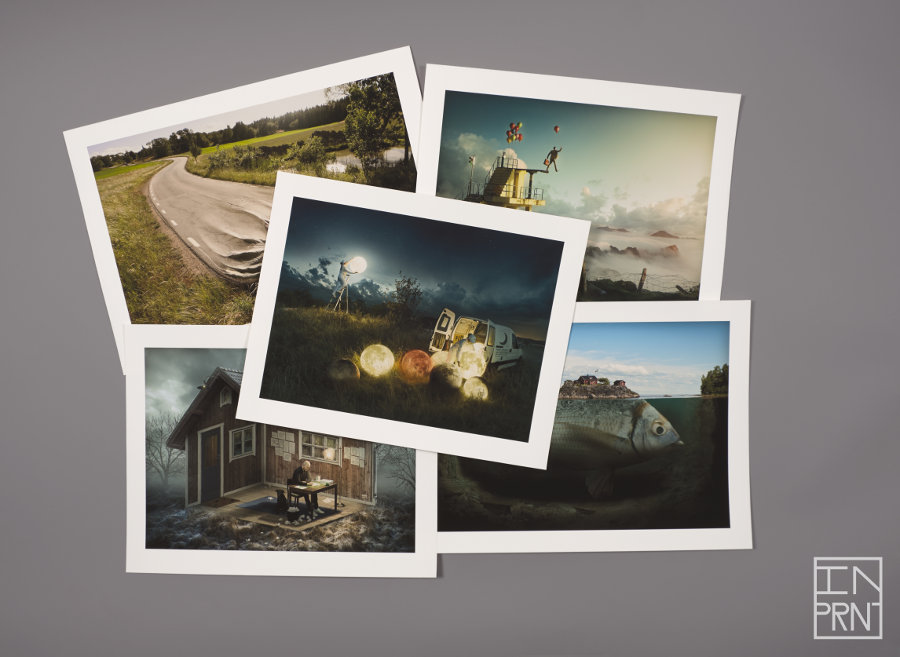
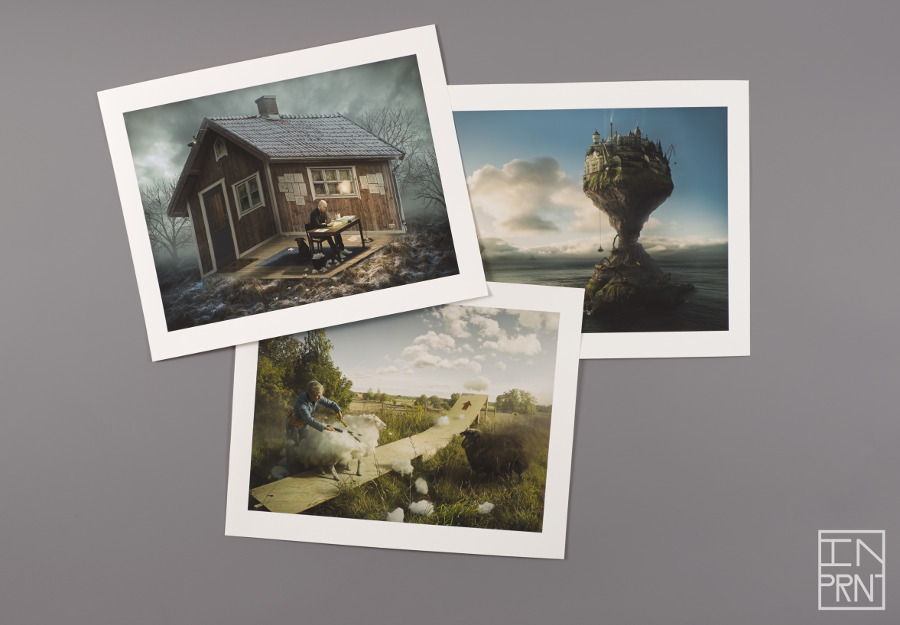
Having this space close by is helpful for Erik as he tackles multiple projects at the same time. “I usually have from two to three, to up to ten projects at any stage at any given time,” he said. Some of them come together quickly, but others take much longer, even years. Erik Johansson had the tweezers made a long time ago, and he said they are his favourite prop he’s used so far. The dreamlike image of a woman holding them against a sky full of stars has finally come together, after years of planning and preparation.
Meet new artists through INPRNT Spotlights! The INPRNT studio debuts exclusive interviews with artists about their studio practice, daily life, and love of art. Discover a behind the scenes look into the art you love, and continue reading their conversation with Erik Johansson over at INPRNT.
Interested in seeing more? Catch plenty of Erik’s works here.
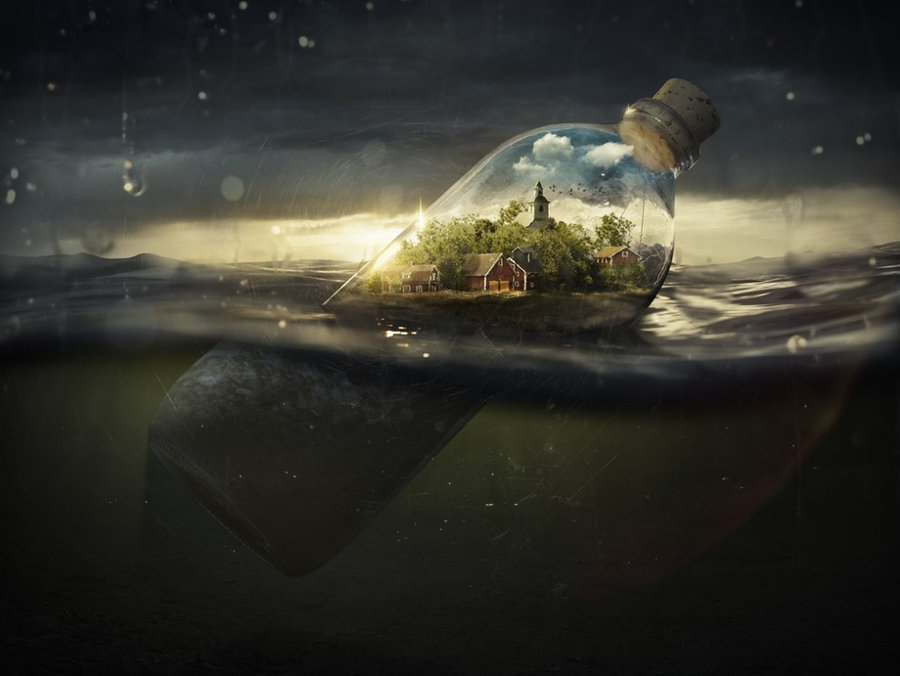
Erik Johansson Social Media Accounts
Website | Facebook | Twitter | Instagram


